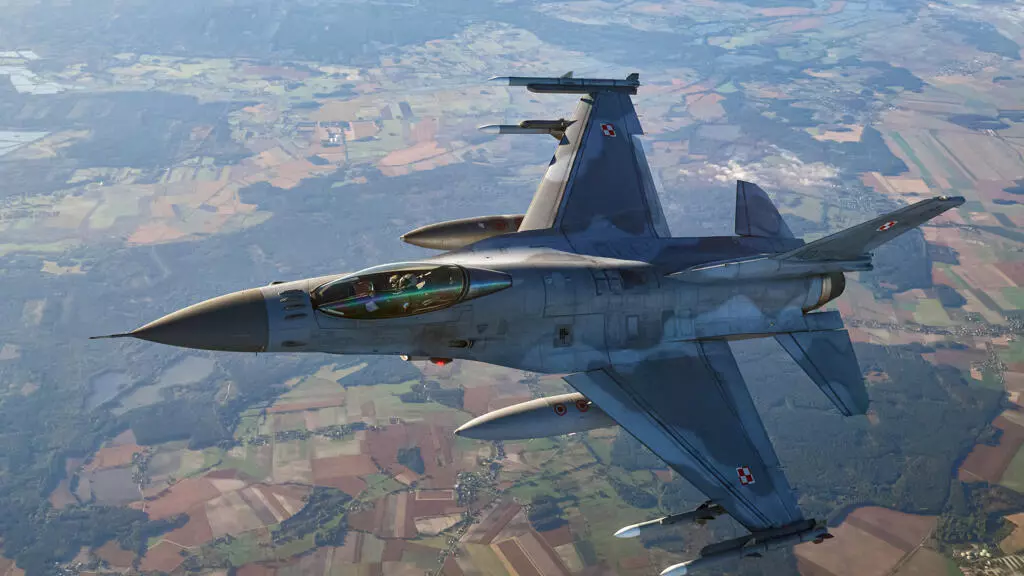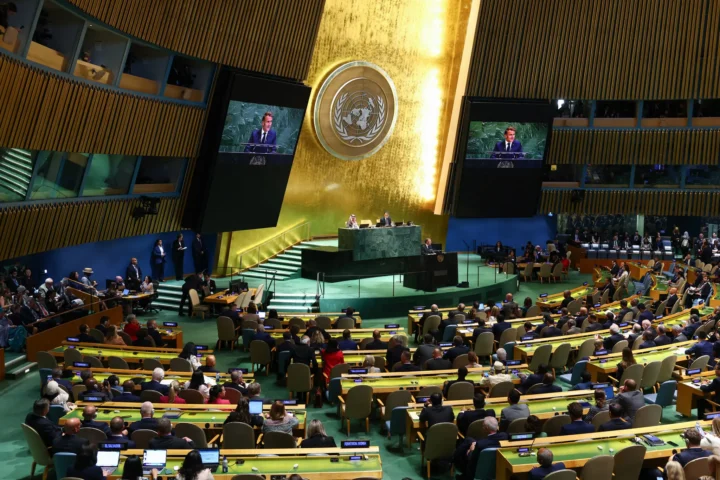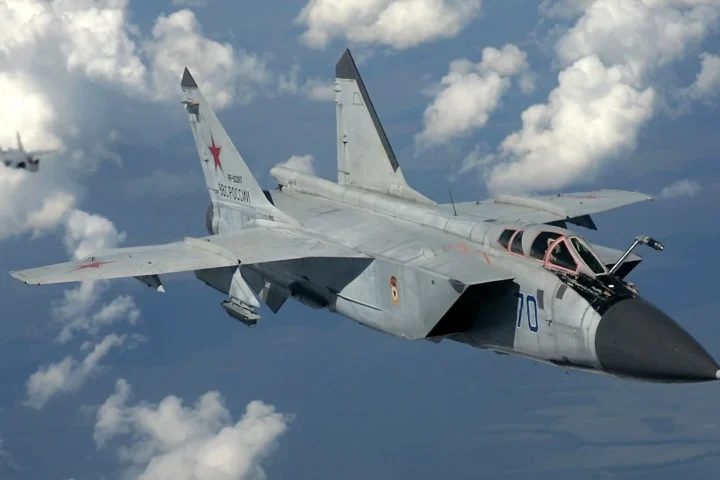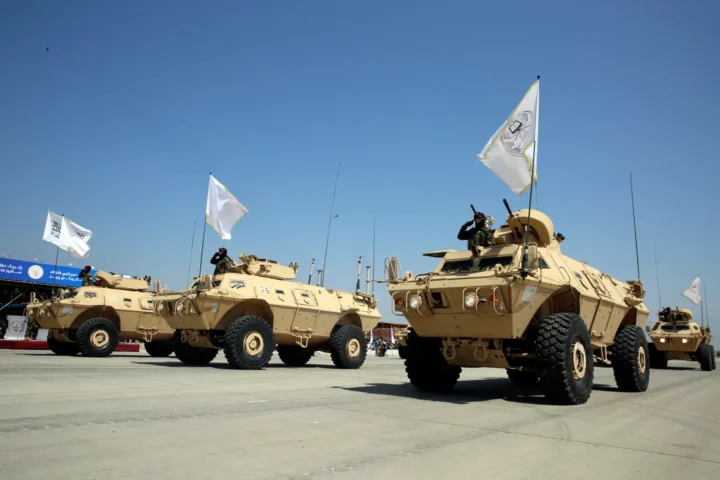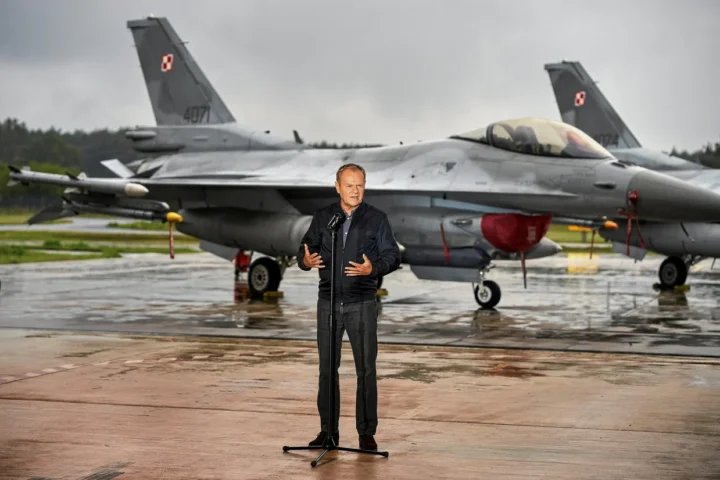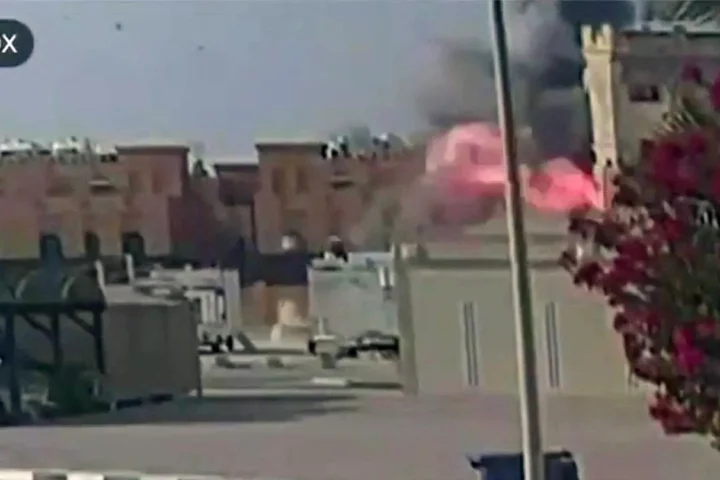Romanian military aircraft took off this weekend when a drone flew into their air space while Russia attacked Ukraine. The event, lasting close to an hour, showed increasing danger near the eastern edge of NATO territory. It also highlighted tough decisions for countries working together on how to react. Reports of drones entering airspace also came from Poland, other countries. This situation shows how easily border countries can be threatened, how quickly things could worsen.
A 50-Minute Breach
Romanian military personnel observed an unknown drone enter the country’s southeast, close to the Danube River, using radar. The plane flew into Romania for around ten kilometers, stayed there approximately fifty minutes, then returned to Ukraine. Russia attacked ports, energy facilities in Ukraine, often causing concern in nearby nations.
Romania quickly sent up two of its F-16 fighter planes to fly with two German Eurofighter jets already in the country as part of NATO’s air security work. Pilots followed the drone, thinking about shooting it down. However, military commanders chose not to, worried pieces could land where people live. Officials said the drone stayed away from towns, cities, so it did not seem dangerous to anyone below.
The drone vanished from radar after it flew out of Romania’s air space, near the village of Chilia Veche. Leaders said later that nothing was harmed in Romania. Despite this, the Defense Ministry considered the intrusion a grave offense against the nation’s control, so they met with security partners in NATO to talk about it.
A Pattern of Violations
This isn’t the first instance of drones connected to the Ukraine war appearing in Romania. After Russia started attacking ports on the Danube River in 2023, pieces of destroyed drones often fell onto land in Romania. People near the border received alerts to find safe places when fighting happened nearby.
The problem with what happened this weekend is it lasted a long time, went very far into the system. This drone went into Romanian airspace on purpose, staying there for a while, unlike pieces of wreckage drifting with the current. This happened right after a bigger issue in Poland a few weeks ago. Almost twenty drones, reportedly from Russia, flew into Polish air space. Pilots flying for Poland, with help from allies, stopped some planes by shooting them from the sky.
These actions challenge NATO to carefully manage avoiding conflict, while still discouraging further attacks. Leaders of the alliance often promise to protect all of their members’ land, however they also want to steer clear of a bigger fight with Russia. Romania acted carefully by choosing not to dismiss the person. Now the big question is, how often will the group accept these violations before they create stricter guidelines for working together?
Romania made a law recently. It lets the military destroy drones flying into the country’s air space, even when there isn’t a war, if specific things are happening. The rules for putting this law into practice, also how things will work day to day, aren’t quite finished yet. Maybe the unclear laws made them decide to stay out of this recent problem.
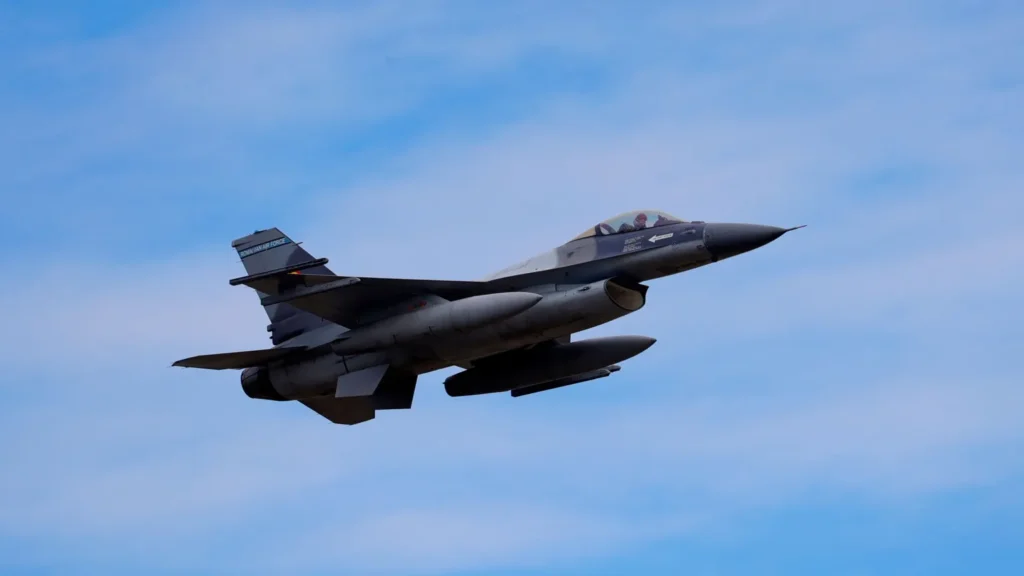
Christian Criste/Getty Images
Escalation Risks and Strategic Implications
This affects more than just Romania. Every time rules are broken, countries near NATO’s eastern border, stretching from the Baltic states to the Black Sea, feel less safe. People worry that if unmanned aircraft freely enter friendly airspace, it could make hostile actions seem routine. Critics believe we should not accept such behavior. Russia gains from any rule breaking, even mistakes. These actions let them test NATO’s defenses, gather information, create uncertainty about how committed allies are to each other.
Protecting yourself presents some dangers, too. Destroying a drone might cause a reaction from Russia, perhaps through official complaints or even fighting, particularly if Russia claims the incident happened by mistake. NATO leaders must now thoughtfully decide how to react, showing strength without making the situation worse.
Things are changing on a larger scale, too. Frequent events could lead NATO to build a better air defense system throughout Eastern Europe. This system will share radar information quickly, improve warnings for people, deploy technology to stop drones. Within their own countries, leaders in Romania, Poland experience growing demands to demonstrate they safeguard people from negative effects, yet still cooperate with allies. Romania’s choice to stay out of things looks sensible right now. Every time this happens, people argue more about if being careful seems like a lack of strength instead of good judgment. The fighting in Ukraine continues, with Russia still attacking areas close to countries in NATO. This increases the chance that a mistake or unexpected event could start a bigger war


